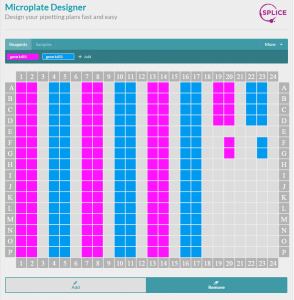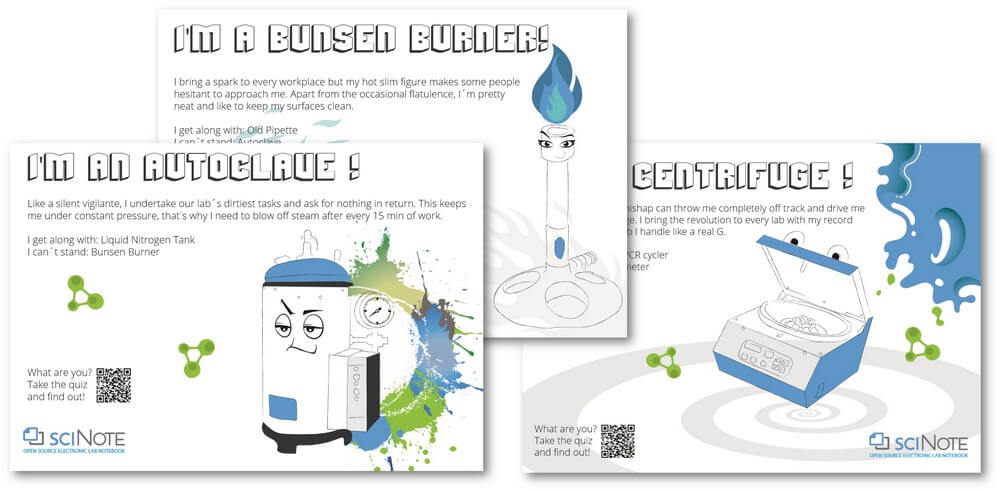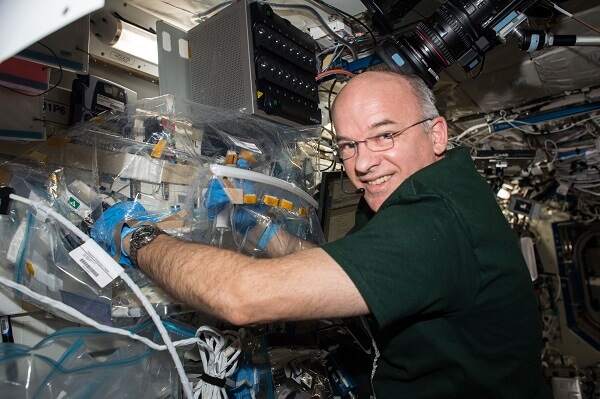Did you ever have to assess the costs of your qPCR experiments for a grant proposal, financial report or just out of curiosity? It may sound trivial to calculate but are you sure you didn't miss anything? We decided to make your life easier and prepared a list of most intuitive web tools that can help you in different stages of qPCR experiment planning.
Primer and Probe Dilution
These tools come in handy if you want to estimate the quantity of primers or probes you should order for your experiment (depending on the solid or liquid phase of the reagents):
https://eu.idtdna.com/Calc/resuspension/
https://eu.idtdna.com/Calc/Dilution/
http://www.qpcrdesign.com/oligo-toolbox
Consumables
The next step after ordering the primers is to get quotes for qPCR consumables:
- qPCR MasterMix http://www.biocompare.com/PCR-Real-Time-PCR/21975-qPCR-Master-Mixes/?search=qPCR+mastermix&sortby_6408=Relevancy#
- Pipette tips http://www.biocompare.com/Molecular-Biology/23109-Sterile-Barrier-Pipette-Tips-20-l/?sortby_6408=
- Microplates http://www.biocompare.com/Lab-Equipment/20144-Microplates-384-well/
Experimental design
Do you think you have everything you need? Well, not exactly.
You need to decide how you will pipette your samples, how many technical replicates and dilutions you will analyze, which controls you will use etc.
Here are free tools that can help you:
If you want to know how much the experiment (for which you prepared the pipetting plan) will cost you, you can use the free qPCR calculator. This free app can help you decide if you have the budget to get it done:
Too lazy to actually click the link? Lets do the calculation example here:
I would like to know how much money can I save if I do 2 instead of 3 technical replicates in my experiment. I’ll work with 386 well plates. I have to perform 40 singleplex reactions in 2 dilutions. I’ll have a positive and a non-template control.
Here are the pipetting plans for 2 and 3 replicates per sample (click on the image to enlarge it):
And here are the costs:
So I need approximately 50 EUR more for one additional replicate. As you probably already knew, the MasterMix is the biggest money eater – you can profit most by lowering reaction volumes. Bargain with your retailer and take special care not to spill it while working. Interestingly, the second highest expense are tips. Keep in mind that the calculation considers that you pipet the MasterMix and samples without exchanging tips between replicates. If you change tips for every sample replicate expect the costs to duplicate and triplicate, respectively.
By Marko Petek, PhD, Research and Development Associate, BioSistemika LLC
[tw_callout size="waves-shortcode" text="" callout_style="style2" thumb="" btn_text="Republish the article" color="#37a0d9" btn_url="https://scinote.net/blog/republish/" btn_target="_blank"]








